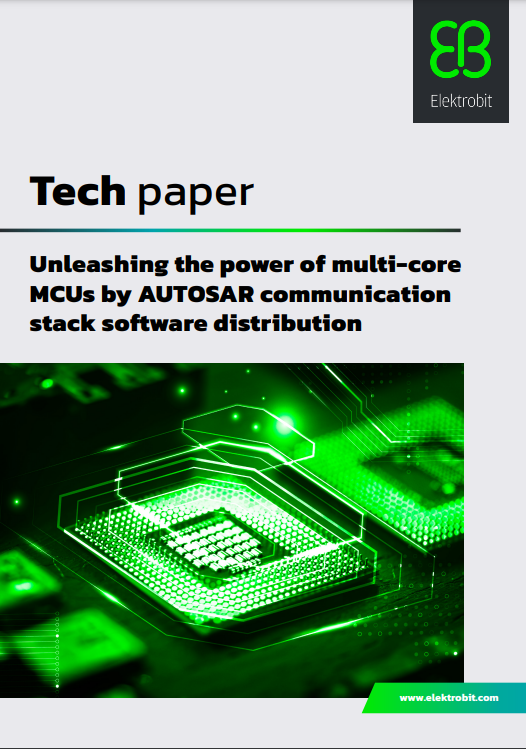
Table of contents
- Introduction
- Optimizing AUTOSAR for multi-core architectures
- Considerations for AUTOSAR communication stack software distribution
- AUTOSAR communication stack software distribution strategy
- Successful OEM implementations
- Summary & conclusion
Introduction
For many decades, the software development in the area of mainstream computing enjoyed a free lunch profiting from the exponential growth of transistor densities and resulting clock speeds of Moore’s law. Existing software benefitted from hardware changes without requiring modification. Eventually, mainstream computing hit a wall due to the limit in increasing the clock speed. As a result, chipmakers began to focus on hyperthreading and homogeneous, then heterogeneous multi-core designs to obtain even greater performance gains. Existing software had to be parallelized and changed to deal with the heterogeneity in order to profit from these hardware modifications. The period of the uni-core free lunch was over.
The same development that happened in mainstream computing is currently occurring in the automotive industry. Modern microcontrollers (MCUs) and systems-on-a-chip (SoCs), clearly demonstrate the trend toward homogeneous and even-heterogeneous-multi-core hardware architectures. Modifications in automotive software, including changes in standardized software architectures such as AUTOSAR‘s layered software architecture, are also necessary to benefit from this hardware advancement.
Resource type
Tech paper
Related product
Click on the button to load the content from Pardot.



